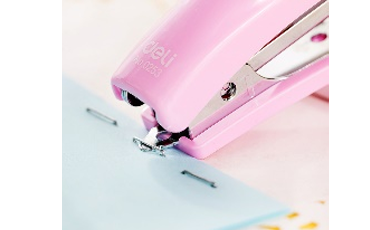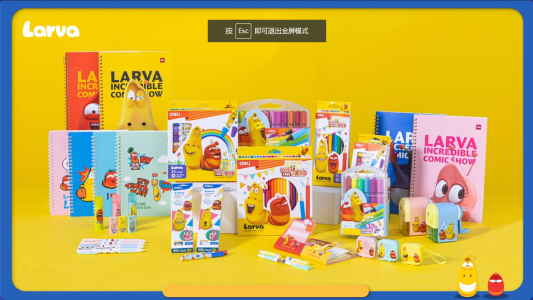In a world dominated by digital technologies, there's a certain nostalgic charm in revisiting the classic tools that once defined the art of duplication. Among these, copy carbon paper stands out as an unsung hero of the analog era. While its significance might have faded in recent times, the impact it had on business, art, and record-keeping cannot be underestimated. Join us as we journey back in time to explore the history, mechanics, and enduring relevance of copy carbon paper.
The story of copy carbon paper dates back to the late 19th century, a time when the typewriter was revolutionizing written communication. In an era devoid of photocopiers and scanners, the need for replicating documents efficiently led to the invention of this remarkable tool. Early versions of copy carbon paper consisted of sheets coated with ink on one side and a waxy substance on the other. The process was simple yet ingenious: when pressure was applied on the top sheet while writing or typing, the ink transferred to the bottom sheet via the waxy layer, creating an instant duplicate.
Before the digital age, administrative tasks and official correspondence relied heavily on handwritten or typewritten documents. This is where copy carbon paper stepped in, revolutionizing the way businesses operated. Imagine the efficiency it brought to invoicing, order processing, and record-keeping. Suddenly, a single stroke of a pen or a typewriter key could produce multiple copies, eliminating the need for painstaking manual duplication. The rise of copy-carbon paper marked a turning point in office efficiency and paved the way for streamlined communication.
Beyond the realm of business, copy carbon paper found a unique place in the world of art and creation. Artists and illustrators embraced its unique properties to transfer sketches, drawings, and designs onto various surfaces. This unassuming tool enabled the replication of intricate artwork with precision, opening new doors for artists to experiment and iterate on their creations. In many ways, copy carbon paper acted as a bridge between imagination and tangible expression, offering artists a way to breathe life into their ideas.
In today's digital age, copying carbon paper might appear obsolete, but its legacy lives on in various forms. While photocopiers and printers have taken over the task of replication, the concept of transferring information through pressure and a medium reminiscent of carbon paper is still prevalent. NCR (No Carbon Required) paper, often used for creating multipart forms without actual carbon sheets, is a direct descendant of the classic copy carbon paper. Moreover, the charm and authenticity of creating copies manually are still cherished by some, giving copy carbon paper a place in niche markets and creative endeavors.
As we celebrate the advancements of the digital age, it's essential to remember the tools that laid the foundation for modern communication and replication. Copy carbon paper holds a special place in the evolution of office efficiency, artistry, and creativity. While its usage has transformed and diversified, its essence remains a testament to human ingenuity and adaptability. So, the next time you hit "Ctrl+C" and "Ctrl+V," take a moment to appreciate the legacy of copy carbon paper that made these actions possible.




